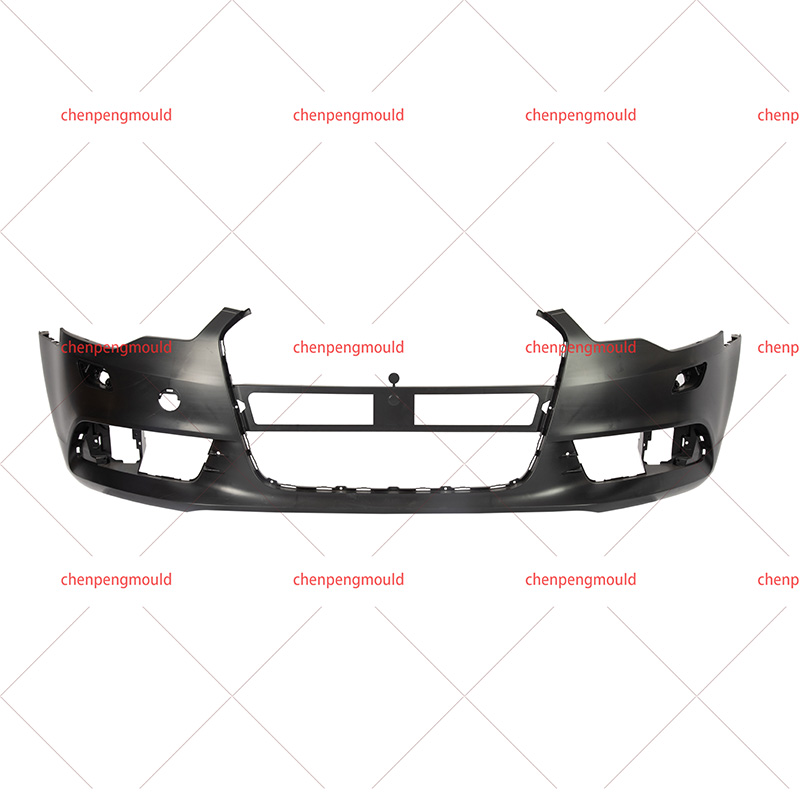In the ever-evolving automotive industry, the manufacturing processes of essential components play a pivotal role in shaping the future of vehicles. Among these components, bumpers stand out as critical elements that contribute not only to the aesthetics of a vehicle but also to its safety and functionality.
Bumper Manufacturing Processes:
Injection Molding Revolution: One of the most significant breakthroughs in bumper manufacturing is the widespread adoption of advanced injection molding techniques. This process allows for the creation of complex bumper designs with high precision and efficiency, meeting the demands of modern vehicle aesthetics and safety standards.
Robotics and Automation: The integration of robotics and automation in bumper manufacturing has streamlined production lines, resulting in increased efficiency and reduced costs. Automated systems ensure consistent quality in each bumper produced, meeting the stringent standards set by automotive manufacturers.
Multi-material Fusion: Manufacturers are exploring the concept of multi-material fusion in bumper production. This involves combining different materials, such as plastics and composites, to create bumpers that offer a perfect balance between durability, weight reduction, and impact resistance.
Sustainable Practices: With a growing emphasis on sustainability, bumper manufacturers are adopting eco-friendly practices. This includes the use of recycled materials in bumper production, reducing environmental impact and contributing to the circular economy.
3D Printing: The utilization of 3D printing technology has opened new possibilities in bumper design. This additive manufacturing process allows for intricate and customizable bumper structures, providing designers with creative freedom while maintaining structural integrity.
Advanced Thermoplastics: The traditional use of thermoplastics in bumper manufacturing has evolved to include advanced formulations that offer enhanced durability and impact resistance. These materials provide a balance between strength and flexibility, ensuring optimal performance in various driving conditions.
Carbon Fiber Reinforcements: Bumpers are increasingly incorporating carbon fiber reinforcements to improve strength without compromising on weight. This not only enhances the overall performance of the bumper but also contributes to the lightweight trend in the automotive industry.
Bio-based Plastics: In line with sustainability goals, manufacturers are exploring bio-based plastics derived from renewable sources. These materials not only reduce the reliance on traditional petroleum-based plastics but also exhibit comparable performance characteristics.
Hybrid Composite Materials: Combining different types of plastics and composites, hybrid materials are gaining popularity in bumper production. These materials offer a unique combination of strength, impact resistance, and cost-effectiveness, addressing the diverse requirements of the automotive market.
Smart Materials: The integration of smart materials in bumpers is an emerging trend. These materials can respond to external stimuli, providing additional safety features such as impact absorption and self-healing capabilities.
The automotive industry is witnessing a transformative phase in bumper manufacturing, driven by innovative processes and materials. The synergy between advanced manufacturing techniques and cutting-edge plastic materials is not only reshaping the aesthetics of vehicles but also enhancing their safety, sustainability, and overall performance. As the industry continues to embrace these advancements, the future holds exciting possibilities for the evolution of bumpers and their integral role in vehicle design.
Furthermore, the integration of smart sensors into bumpers enhances vehicle safety by enabling real-time collision detection and response. This intersection of technology and manufacturing underscores the industry's commitment to advancing both form and function in automotive design.




 +86-18357617666
+86-18357617666








